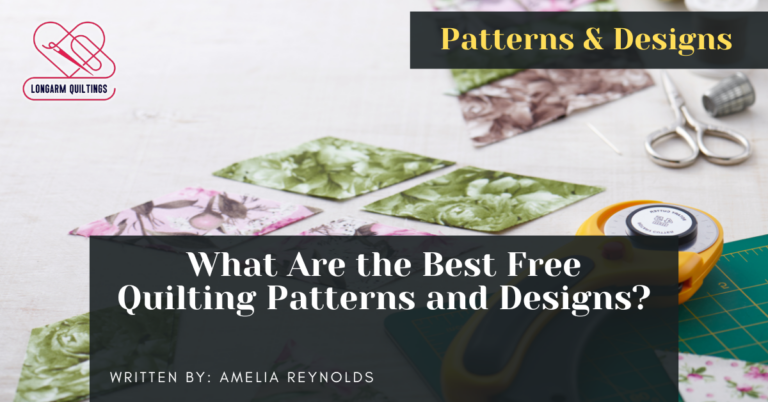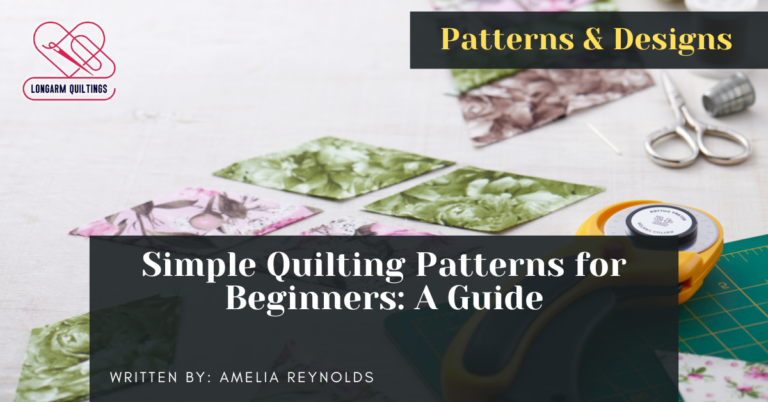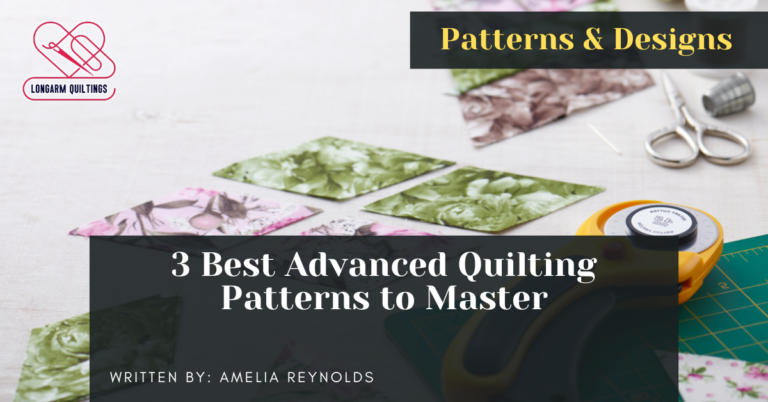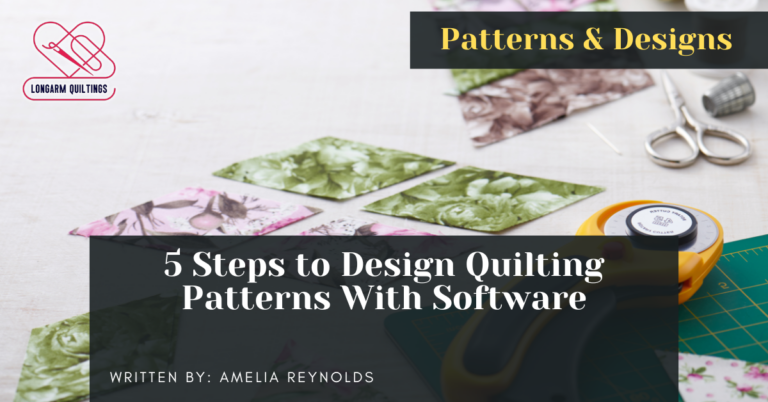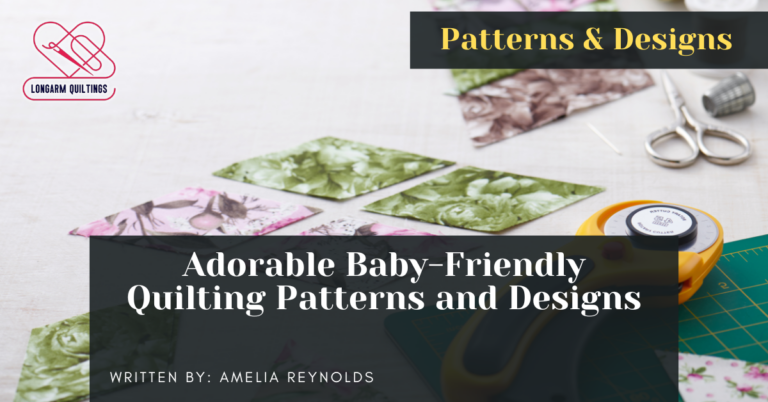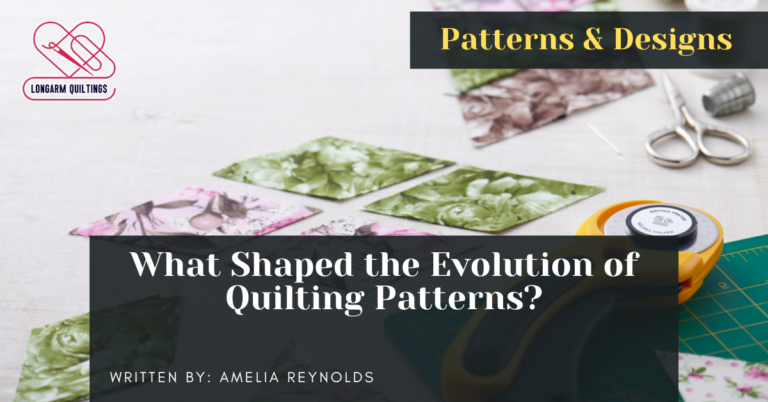In the realm of modern quilting patterns and designs, there exist nuances that can elevate a quilt from ordinary to extraordinary. From selecting harmonious color palettes to skillfully incorporating negative space, each decision plays a crucial role in the final aesthetic.
This careful balance between tradition and innovation is where the true artistry of modern quilting shines. By embracing geometric shapes, experimenting with textures, and finding the delicate equilibrium between classic techniques and contemporary trends, quilters can create pieces that are not only visually striking but also carry a touch of timeless sophistication.
Choosing Color Palettes
When delving into the world of modern quilting patterns and designs, selecting the right color palette is a crucial step that sets the tone for the entire project. Color theory plays a pivotal role in determining the mood and visual impact of a quilt. Understanding the principles of color theory, such as complementary, analogous, or monochromatic schemes, can help quilters create harmonious and visually appealing designs.
Fabric selection is another essential aspect when choosing a color palette for a modern quilting project. Different fabrics can interact with colors in unique ways due to variations in texture, sheen, and pattern. Mixing solid fabrics with prints can add depth and interest to the overall design. It is important to consider the scale of the prints and how they will interact with the chosen color scheme.
Embracing Geometric Shapes
Embracing geometric shapes in modern quilting introduces a dynamic element that enhances the visual interest and contemporary appeal of quilt designs. Playing with angles and exploring symmetry can bring a fresh perspective to traditional quilting patterns, allowing quilters to create bold and striking compositions.
Geometric shapes like triangles, squares, and hexagons offer endless possibilities for creativity. By varying the sizes and arrangements of these shapes, quilters can achieve intricate and mesmerizing patterns that draw the eye in different directions. Incorporating sharp angles and clean lines adds a modern touch to quilt designs, giving them a sleek and sophisticated look.
Symmetry plays a crucial role in geometric quilting, providing balance and harmony to the overall composition. Quilters can experiment with symmetrical arrangements of shapes to create visually pleasing patterns that exude a sense of order and precision. By meticulously aligning geometric elements, quilters can achieve a polished and professional finish that showcases their attention to detail and craftsmanship.
Incorporating Negative Space
Utilizing negative space strategically can elevate the impact and aesthetic sophistication of modern quilting designs, offering a minimalist yet powerful visual element that enhances the overall composition. By incorporating negative space, quilters can create a sense of balance and harmony within their designs. One effective way to utilize negative space is by using contrast. Contrasting colors or patterns against a blank background can make the main design elements pop, drawing the viewer's eye to specific areas of the quilt.
Exploring minimalism in quilting involves purposefully leaving areas of the quilt empty to highlight the beauty of simplicity. This technique can create a modern and clean aesthetic that is visually striking. When working with negative space, quilters should consider the overall design and how the empty areas interact with the filled ones. By carefully balancing positive and negative space, quilters can achieve a sense of depth and dimension in their quilts that adds interest and complexity to the final piece.
Experimenting With Textures
Exploring a diverse range of textures in quilting opens up endless creative possibilities, adding depth and tactile interest to the overall design. Playing with fabrics and exploring new techniques can elevate your quilting projects to new heights. Here are some ideas to help you experiment with textures in your quilts:
- Mixing Fabrics: Combine different types of fabrics like cotton, linen, silk, or even wool to create contrast in textures. This mix can add visual interest and dimension to your quilt.
- Embellishments: Incorporate embellishments like beads, sequins, or embroidery to introduce additional textures to your quilt. These details can make your quilt visually captivating and unique.
- Layering Techniques: Experiment with layering fabrics using techniques like trapunto, appliqué, or fabric folding. This adds depth and a three-dimensional quality to your quilt.
- Texture Through Quilting: Explore different quilting patterns and densities to create varied textures on the surface of your quilt. Quilting densely in some areas and sparingly in others can create a tactile experience for the viewer.
Balancing Traditional and Modern Styles
In the realm of modern quilting, the harmonious fusion of traditional techniques with contemporary aesthetics creates a captivating balance that speaks to both heritage and innovation. Fusion quilting styles blend the time-honored methods of quilting, such as patchwork and appliqué, with a modern twist. This combination allows quilters to pay homage to the rich history of quilting while infusing their creations with a fresh and current appeal.
Contemporary quilting techniques play a crucial role in achieving this balance between the old and the new. By incorporating innovative approaches like improvisational piecing, bold color choices, and asymmetrical designs, quilters can push the boundaries of tradition while still staying rooted in its fundamental principles. This juxtaposition of traditional and modern elements adds depth and interest to quilting projects, making them visually stimulating and emotionally resonant.
Finding the right equilibrium between traditional and modern styles requires a thoughtful approach and a willingness to experiment. By embracing the fusion of quilting styles and exploring contemporary techniques, quilters can create unique and compelling pieces that honor the past while embracing the future.
Frequently Asked Questions
What Are Some Common Mistakes to Avoid When Creating Modern Quilting Patterns and Designs?
When crafting innovative designs, avoiding common mistakes is crucial for success. Embrace creative storytelling techniques to elevate your creations. Pay attention to detail, strive for originality, and continually refine your skills to produce truly unique and captivating work.
How Can I Incorporate Personal Storytelling or Themes Into My Modern Quilting Projects?
Infuse your modern quilting projects with personal narratives by selecting colors that reflect your themes. Use hues that evoke emotions tied to your stories. Experiment with shades and patterns to create unique, meaningful designs.
Are There Any Specific Tools or Techniques That Are Essential for Modern Quilting?
When delving into modern quilting, essential tools like rotary cutters, cutting mats, and rulers are paramount. Techniques such as improvisational piecing, negative space utilization, and bold color choices define the contemporary aesthetic of quilting designs.
How Can I Effectively Resize or Adapt Traditional Quilt Patterns to Fit a More Modern Style?
Pattern resizing and adaptation require a keen eye for modern aesthetics when transforming traditional quilt designs. To achieve a contemporary look, consider simplifying complex blocks, experimenting with negative space, and selecting a cohesive color palette.
What Are Some Innovative Ways to Display or Showcase Modern Quilting Projects in My Home or Studio?
To showcase modern quilting projects in your space, consider creative displays like wall galleries, rotating art walls, or floating shelves. Artistic installations can include using tension rods for hanging quilts, or incorporating quilts as functional decor such as table runners or pillow covers.
Conclusion
In conclusion, modern quilting patterns and designs can be enhanced by carefully selecting color palettes, embracing geometric shapes, incorporating negative space, experimenting with textures, and balancing traditional and modern styles.
By following these tips, quilters can create unique and visually appealing quilts that blend traditional techniques with contemporary aesthetics. The possibilities are endless when it comes to modern quilting, so don't be afraid to get creative and think outside the box.

